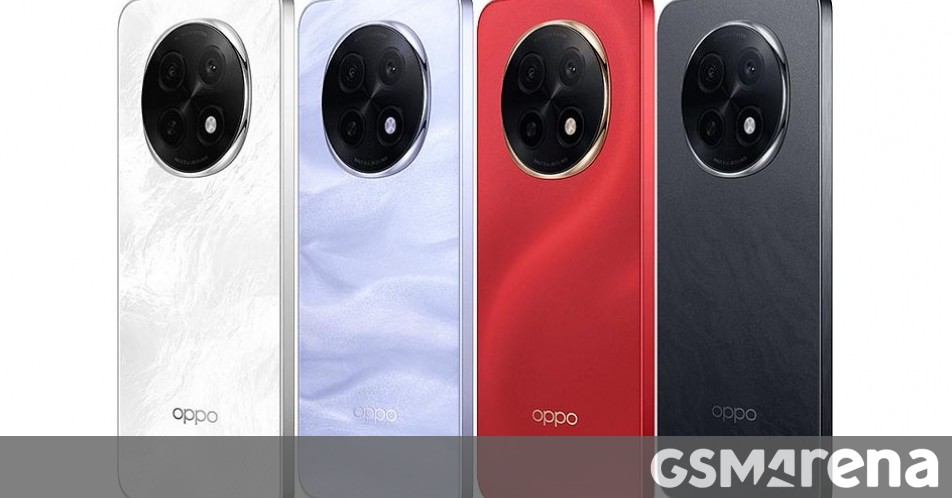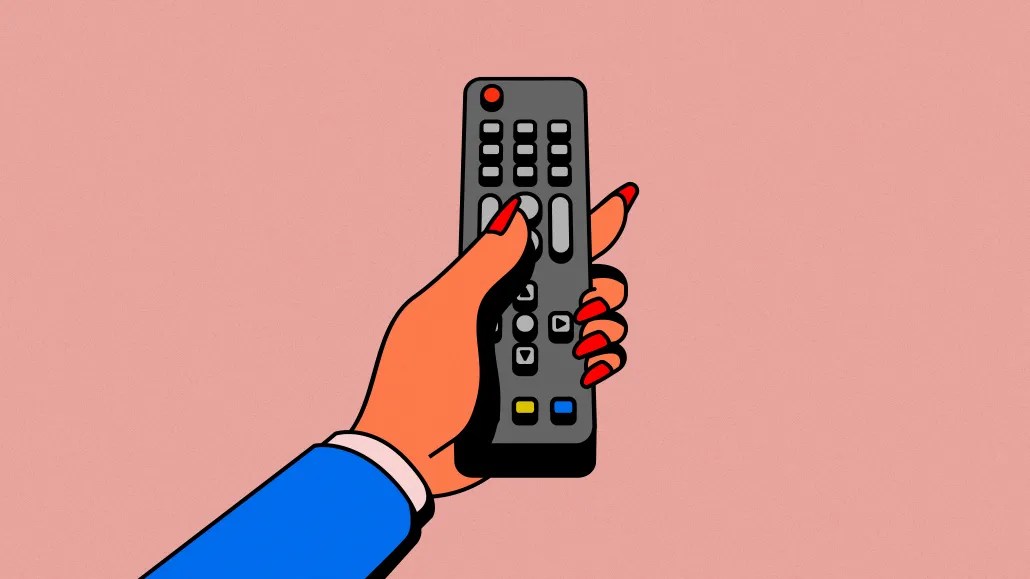Drew Groner, svp, head of sales and marketing, DIRECTV Advertising
When viewers hit pause on their streaming or traditional TV entertainment, they’re not tuning out. They’re leaning in and taking control of their viewing experience.
That’s the key finding from a newly released study from Magna Media Trials and DIRECTV Advertising that examines the dynamics of pause behavior and the opportunity it presents for advertisers.
Ninety-one percent of viewers said they hit pause all the time or sometimes while watching streaming TV, and 70% of viewers said they hit pause all the time or sometimes while watching traditional TV, according to the study.
Although advertisers may think viewers hit pause to take a break from the content they’re watching, the majority of viewers actually hit pause to remain engaged. Eighty-one percent of viewers said they pause to either avoid missing an important scene, to rewind and rewatch something important, or to wait for someone else to join them to watch together.
That’s the exact opposite of disengagement — making pause ads a highly effective way to reach viewers during TV’s can’t-miss moments.
Pause ads are an invitation, not an interruption
Pause ads are a particularly effective form of TV advertising because they meet consumers in a moment of their choosing. The majority of people surveyed across generations for Magna and DIRECTV’s study said they would rather see a pause ad than a frozen screen — 67% of Gen Z, 67% of millennials, 63% of Gen X and 60% of baby boomers said this.
Furthermore, consumers across generations also said that they want to be able to interact with pause ads, which makes this ad format a prime opportunity for brands to connect with audiences. The top interactive features consumers said would make pause ads better are being able to save offers or reminders and receiving product recommendations based on the content they’re watching. Viewers were also interested in having the ability to scan QR codes to learn more and being able to use a clickable button to visit a brand’s website or app.
Pausing sports content for the win
Viewers hit pause when they watch content across all entertainment genres, but when they hit pause during sports programming, they remain more engaged than during general entertainment programming.
Nearly one-half of survey respondents (42%) said they didn’t step away from the viewing screen after pausing sports programming. By comparison, less than one-third of respondents (28%) said they didn’t walk away after pausing general entertainment content.
Survey respondents were also more likely to pause sports programming than they were to pause general entertainment programming — reflecting a desire to control the viewing experience and not to miss key game moments. Sports fans often pause, rewind and rewatch sports talk shows as well to avoid missing parts of the commentary.
Among respondents who said they paused content, nearly two-thirds of viewers (64%) said they paused two to three times while watching sports content, versus 58% who said they paused two to three times while watching general entertainment shows.
Because viewers tend to remain glued to their TV screens during sports programming, pause ads are an ideal way for advertisers to reach fans at a moment of maximum engagement and outside of traditional 30-second ad spots or sponsorships.
The key to pause ad success is matching the right ad with the right moment in time. Timely and useful ads — such as ads related to food delivery or ads that offered discounts — resonated the most with viewers, according to Magna and DIRECTV’s study.
Forty-four percent of viewers said they would be very likely to notice a pause ad when the ad showcases what they want in the moment (e.g., food or drinks). The same percentage of viewers (44%) said they would be very likely to notice a pause ad when the ad offers a deal or discount. Brands can move beyond simply advertising to consumers by offering them solutions to their meal, drink and deal needs in the form of pause ads focused on food delivery services and discounts.
Pause ads also provide a key opportunity for brands to launch new products or to announce product updates, as viewers across generations are significantly more likely to notice when pause ad content reveals something new. Sixty-five percent of all viewers said they would notice a pause ad more if the ad revealed something new. That percentage jumped to 69% among Gen Z survey respondents who said the same and to 67% among millennial respondents.
Programmatic pause ads improve the flexibility of buys
Recently, supply-side platforms like Triple Lift have taken pause ad buying to the next level by introducing programmatic pause ads. These ads provide increased flexibility for digital and traditional TV buyers alike, from run-of-video for scale, takeovers for brand dominance or targeted addressable approaches for precision. When buyers add QR codes for shoppability, viewers have a direct path from awareness to action — and brands can allocate real dollars for real results.
Pause ads are highly effective not only for breaking through the clutter of a fragmented marketplace where viewers’ attention is scarce, but also for reaching viewers during can’t-miss TV moments. Because a pause ad, by definition, reaches viewers who have actively chosen to engage with the ad’s content, brands aren’t simply buying an ad unit. They’re buying a moment in time when viewers create their own advertising experience by choosing when to engage and whether to opt into a brand’s message.
The pause ad revolution isn’t coming — it’s here.
Sponsored by DIRECTV
https://digiday.com/?p=584417


